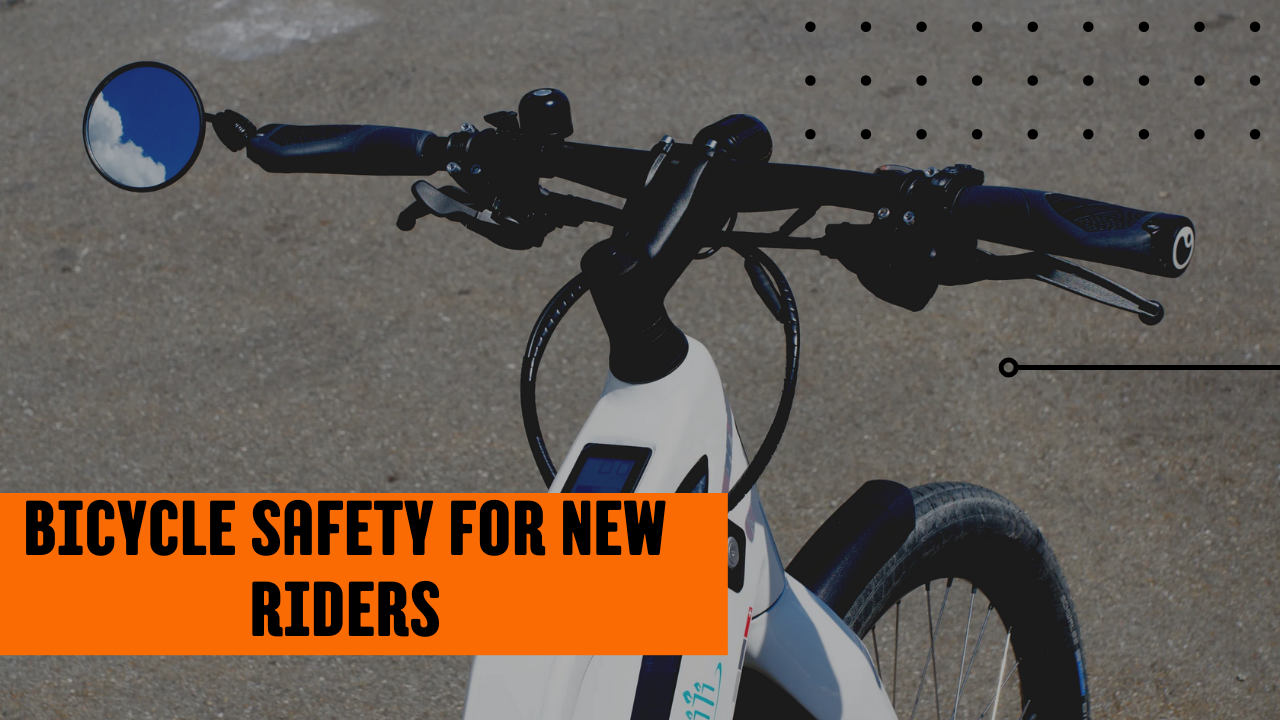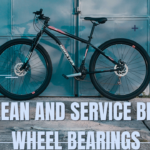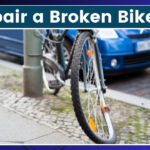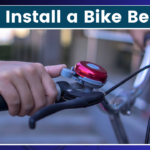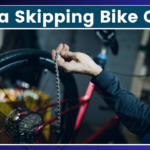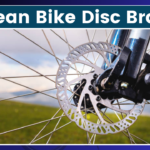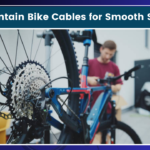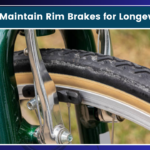When I first decided to take up cycling, I was excited about the prospect of exploring my city on two wheels, getting some exercise, and doing my part for the environment. But as a complete newbie, I quickly realized there was a lot more to safe cycling than just hopping on a bike and pedaling away. So, I set out to learn everything I could about bicycle safety. Now, I’m sharing what I’ve learned to help other new riders stay safe and have fun on their cycling adventures.
Choose the Right Bike and Gear
Choose the Right Bike and Gear
Before you even hit the road, it’s crucial to have the right equipment. When I went to buy my first bike as an adult, I was overwhelmed by the choices. But after talking to some experienced cyclists and doing my research, I realized that finding the right fit is key.
- Selecting Your Bike:
- Visit a reputable bike shop and get professionally fitted.
- Consider your primary use: commuting, leisure rides, or off-road adventures.
- Test ride several bikes to find one that feels comfortable and suits your needs.
- Essential Safety Gear:
- Helmet: This is non-negotiable. Make sure it fits snugly and meets safety standards.
- Lights: A white front light and red rear light are crucial for visibility, especially at night or in low-light conditions.
- Reflectors: Add these to your bike, helmet, and clothing for extra visibility.
- Bell or horn: To alert others of your presence.
- Comfortable, bright clothing: Opt for breathable fabrics and bright colors or reflective elements.
I remember feeling a bit silly trying on helmets at the store but trust me, it’s worth taking the time to find one that fits well and you’ll wear.

Know the Rules of the Road
Once I had my bike and gear, I realized I needed to brush up on traffic laws and cycling etiquette. Here are some key points to remember:
- Follow Traffic Laws:
- Ride in the same direction as traffic.
- Obey all traffic signs, signals, and lane markings.
- Use hand signals when turning or stopping.
- Be Predictable:
- Ride in a straight line, don’t weave between parked cars.
- Make your intentions clear to drivers and other cyclists.
- Stay Alert:
- Keep an eye out for obstacles, pedestrians, and opening car doors.
- Don’t use headphones while riding – you need to hear your surroundings.
- Use Bike Lanes When Available:
- Stick to designated bike lanes or paths when possible.
- If there’s no bike lane, ride as far to the right as is safe, but don’t hug the curb.
- Take the Lane When Necessary:
- If the lane is too narrow for a car to pass you safely, it’s okay to “take the lane” by riding in the center.
I’ll admit, the first time I had to “take the lane” on a busy street, my heart was pounding. But I reminded myself that it was the safest option, and with practice, it became more comfortable.
Mastering Bike Handling Skills
Feeling confident in your ability to control your bike is crucial for safety. Here are some skills to practice:
- Starting and Stopping:
- Practice smooth starts and stops in a safe area.
- Learn to brake effectively using both front and rear brakes.
- Shifting Gears:
- Understand how and when to shift gears for different terrains.
- Practice shifting while maintaining a steady cadence.
- Looking Over Your Shoulder:
- Learn to glance behind you without swerving.
- This skill is essential for safe lane changes and turns.
- Riding with One Hand:
- Practice riding with one hand so you can signal turns safely.
- Start in a quiet area before trying this on busier roads.
- Emergency Maneuvers:
- Learn how to swerve around obstacles quickly and safely.
- Practice quick stops without skidding.
I spent a good chunk of time in an empty parking lot near my house, practicing these skills until they felt more natural. It was time well spent – these basics have helped me navigate tricky situations more than once.
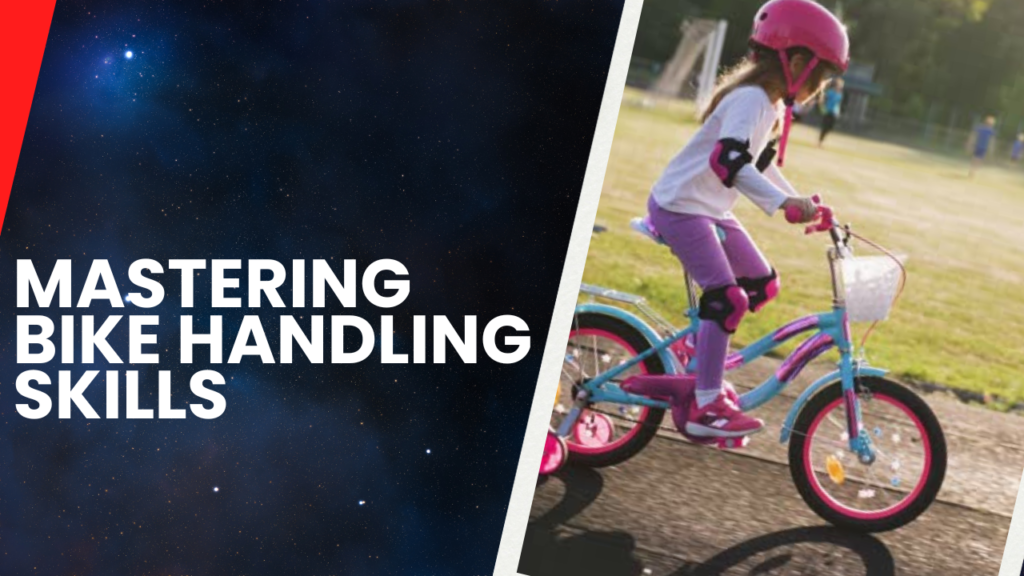
Planning Your Route
Before heading out on a ride, especially when you’re new to cycling, it’s important to plan your route:
- Start Small:
- Begin with shorter, less busy routes as you build confidence.
- Gradually increase your distance and complexity of routes.
- Use Cycling Apps or Maps:
- Many apps and websites can help you find bike-friendly routes.
- Look for routes with bike lanes or quieter streets.
- Scout Your Route:
- If possible, drive or walk your planned route first to identify any potential hazards.
- Consider the Time of Day:
- Avoid rush hour traffic when you’re starting.
- Be extra cautious and visible if riding at dawn, dusk, or night.
- Check the Weather:
- Be prepared for changing conditions.
- Consider how the weather might affect road conditions and visibility.
I remember plotting out my first commute to work on my bike. I drove the route on a weekend to get a feel for it, which helped me spot a tricky intersection I decided to avoid by taking a slightly longer but safer path.
Maintaining Your Bike
A well-maintained bike is a safer bike. Here are some basic maintenance tasks to keep up with:
- Regular Inspections:
- Check tire pressure and condition before each ride.
- Ensure brakes are working properly.
- Check that your chain is lubricated and running smoothly.
- ABC Quick Check:
- Air: Ensure tires are properly inflated.
- Brakes: Check that they engage smoothly and stop the bike effectively.
- Chain and cranks: Make sure the chain runs smoothly and the cranks aren’t loose.
- Quick releases: Ensure they’re tight and closed properly.
- Keep It Clean:
- Regularly clean your bike, especially after riding in wet or muddy conditions.
- A clean bike makes it easier to spot potential issues.
- Professional Tune-ups:
- Schedule regular tune-ups at your local bike shop.
- They can catch and fix issues you might miss.
I’ll be honest, at first, I was pretty clueless about bike maintenance. But after a chain came off mid-ride (not fun!), I made a point to learn these basics. Now, my pre-ride checklist is second nature.

Riding in Different Conditions
As you gain confidence, you’ll likely encounter various riding conditions. Here’s how to handle them:
- Wet Weather:
- Reduce your speed and increase the following distances.
- Be extra cautious on painted lines and metal surfaces, which become slippery when wet.
- Use fenders to keep yourself (and fellow cyclists) dry.
- Ensure you have good visibility with appropriate lighting.
- Night Riding:
- Use bright front and rear lights, and consider additional spoke or frame lights.
- Wear reflective clothing or add reflective elements to your bike and gear.
- Stick to familiar routes when possible.
- Hot Weather:
- Stay hydrated and carry extra water.
- Protect yourself from sun exposure with appropriate clothing and sunscreen.
- Consider riding during cooler parts of the day.
- Cold Weather:
- Dress in layers that you can easily add or remove.
- Be aware that ice and snow can make roads treacherous.
- Ensure your extremities (hands, feet, ears) are well protected.
- High Traffic:
- Stay extra alert and try to make eye contact with drivers.
- Use hand signals consistently.
- Don’t assume drivers can see you – ride defensively.
I remember my first rainy day commute – I was nervous, but by taking it slow and being extra cautious, I made it safely and felt pretty accomplished!
Group Riding Etiquette
Once you’re comfortable riding solo, you might want to join group rides. Here are some tips for safe group cycling:
- Communicate:
- Use verbal cues and hand signals to alert others of hazards, turns, or stops.
- Call out “On your left” when passing another cyclist.
- Be Predictable:
- Maintain a steady pace and avoid sudden movements.
- Signal your intentions clearly and early.
- Don’t Overlap Wheels:
- Keep a safe distance from the rider in front of you.
- Overlapping wheels can lead to dangerous crashes if someone suddenly slows or swerves.
- Take Turns at the Front:
- In a paceline, riders take turns leading at the front, where wind resistance is greatest.
- Don’t stay at the front too long – rotate regularly to share the effort.
- Be Aware of Your Surroundings:
- Don’t fixate on the wheel in front of you.
- Keep an eye on the road ahead and potential hazards.
My first group ride was with a local cycling club. I was nervous about keeping up and following all the unwritten rules, but the more experienced riders were patient and helpful. It turned out to be a great way to improve my skills and meet fellow cycling enthusiasts.

Dealing with Emergencies
Despite our best efforts, emergencies can happen. Here’s how to be prepared:
- Carry a Basic Tool Kit:
- Include a spare tube, tire levers, a mini pump, and a multi-tool.
- Know how to use these tools for basic repairs like fixing a flat tire.
- Have an Emergency Plan:
- Carry ID and emergency contact information.
- Have a plan for who to call if you need help.
- Consider using a cycling app that can track your location and alert contacts in an emergency.
- Know Basic First Aid:
- Consider taking a basic first aid course.
- Carry a small first aid kit for minor injuries.
- If You’re in an Accident:
- Move to a safe area if possible.
- Call for help if needed.
- Document the incident, including taking photos and getting contact information from any involved parties or witnesses.
I once had a nasty spill on a solo ride and was glad I had my phone to call for help. Since then, I always make sure someone knows my planned route and expected return time.
Continuing Education
As with any skill, there’s always more to learn about cycling safety. Consider these options for ongoing education:
- Take a Cycling Safety Course:
- Many cities offer free or low-cost classes for adults.
- These courses can boost your confidence and teach you valuable skills.
- Join a Cycling Club:
- Riding with more experienced cyclists can help you learn best practices.
- Many clubs offer mentorship programs for new riders.
- Stay Informed:
- Keep up with local cycling news and advocacy efforts.
- Be aware of changes to cycling laws or infrastructure in your area.
- Volunteer:
- Consider volunteering at cycling events or with local advocacy groups.
- This can be a great way to give back to the cycling community and learn more.
Wrapping Up
As I reflect on my journey from nervous newbie to confident cyclist, I’m amazed at how much I’ve learned. Cycling has become not just a mode of transportation for me, but a passion that’s improved my health, expanded my social circle, and given me a new appreciation for my surroundings.
Remember, becoming a safe cyclist is a journey, not a destination. Every ride is an opportunity to improve your skills and awareness. Start small, stay alert, and most importantly, enjoy the ride. Before you know it, you’ll be confidently cruising along, wondering why you didn’t start cycling sooner.
So, gear up, get out there, and enjoy the freedom and joy that comes with safe cycling. Who knows? Maybe I’ll see you out on the bike paths someday. Until then, happy (and safe) riding!
